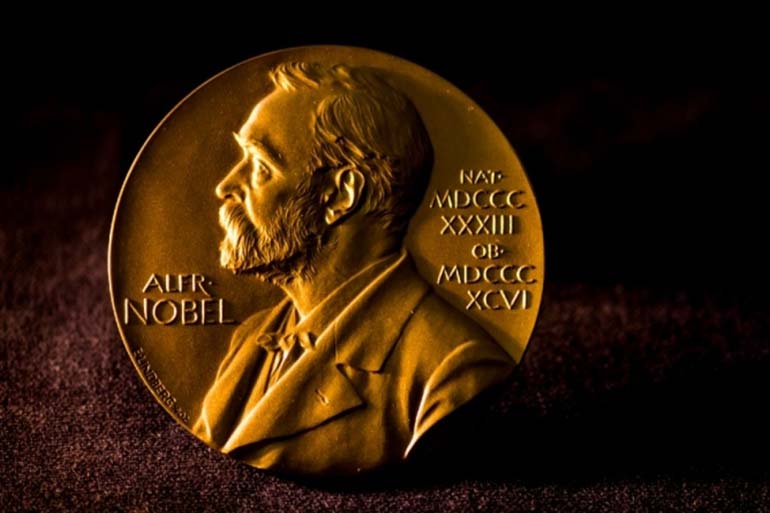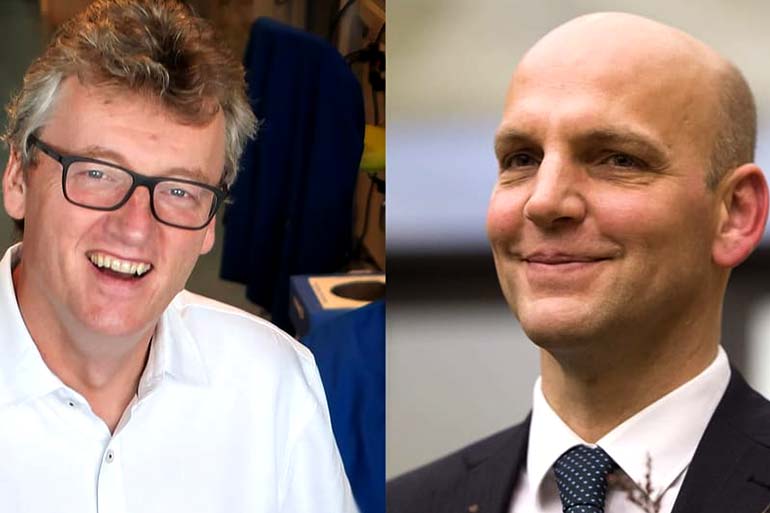Benjamin List and David W.C. MacMillan, two scientists have been honored with Noble Prize in Chemistry. They contributed to the field by developing, ‘an ingenious tool for building molecules’ that has facilitated the development of new medications and gave a greener side to the chemistry.
For creating this ingenious asymmetric organocatalysis both scientists were announced as the winners of the Noble prize in Stockholm, Sweden.
An associate of the Nobel Prize committee (chemistry), Pernilla Wittung-Stafshede stated their findings began a completely novel way of the intellect for how to put together chemical molecules. Their new toolbox has greatly benefited mankind and could be utilized extensively today, for drug discoveries, and in chemicals manufacture.
Nobel Prize in Chemistry Goes to Duo for Discovering 3rd Catalyst
Benjamin List (German scientist), is a professor and director of the Max Planck Institute for Coal Research. And David W.C. MacMillan is a chemist (Scotland-based), now working as a professor at Princeton University in the United States. Both of these scientists operated and researched independently of each other but share the awarded prize.
Both of these investigators revealed another type of catalyst (a substance that initiates a chemical reaction) called “asymmetric organocatalysis”. Scientists had formerly supposed that there were only two kinds of catalysts that include metals and enzymes. Enzymes consist of hundreds of amino acids, but the Noble Prize winners demonstrated that only one organic molecule can perform like a catalyst.

Chair of the Nobel Committee (for Chemistry) Johan Åqvist, said that this chemistry conception for catalysis is as simple as it is ingenious, and in spite of the simplicity of the concept many scientists wondered why we didn’t contemplate it earlier.
These new catalysts have been utilized widely in various ways in the past twenty years, from producing new drugs, pharmaceuticals and to constructing different molecules that can imprison light in solar cells. The Noble Committee recognized their contribution for passing the highest benefit to humanity.
List and MacMillan’s work and discovery have already facilitated create a medication to treat high blood pressure and restructured the manufacturing of drugs including oseltamivir (also called Tamiflu) which is used to cure respiratory infections and paroxetine or Seroxat, which is used for depression treatment.
After being declared as a Noble Prize winner, List said to reporters that I hope I live up to this credit and continue discovering remarkable things.
The Nobel Committee elucidated that the “organocatalysis process” established by the Noble Prize winners is known as “asymmetric” because they pinpointed which molecule can be used used as a catalyst. During the construction of a chemical, two molecules can form, which are each other’s mirror image (just like our hands). Chemical production often just wants one of these mirror images, but previously it was no efficient method for doing this.
This is a tremendously significant piece of chemistry and these two are unquestionable leaders in the field. This is very basic chemistry, but in essence, it’s about making new molecules more efficiently, without any metal catalysts using less energy, said Phillip Broadwith (business editor of Chemistry World magazine)
The president of the American Chemical Society H.N. Cheng said the prize was a right recognition for a great accomplishment.
He further explained that as chemists we love to do reactions. And reactions are an important part of chemistry, and the reactions often do unluckily not go as desired. They can be slow, they can be generic they can go in any direction. Catalysis is one method by which we can truly aid the reaction and make reactions go in the right direction or produce new reactions that we were unable to before.



